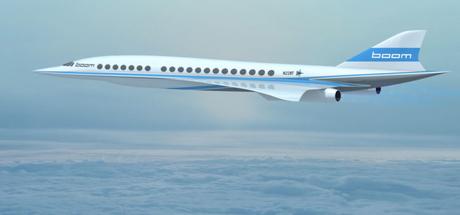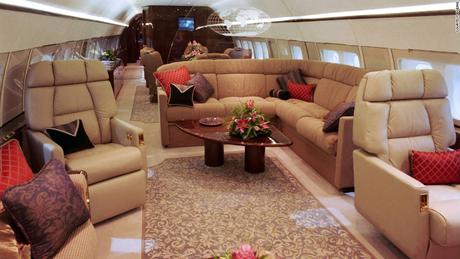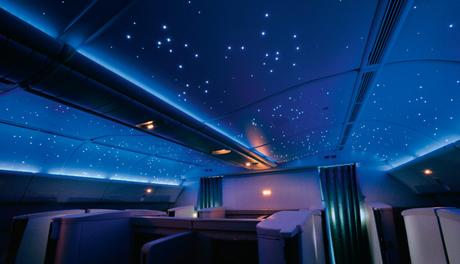
The days of enjoyable and comfortable air travel seem to have disappeared. Instead of gourmet meals, lots of legroom and free drinks, we have snack boxes (if you're lucky), cramped cabins and interminable security lines. In many ways, flying in a plane is about as luxurious as taking a bus trip down the interstate, with the added nuisance of jet lag once you reach your destination.
But that's all changing in 2017 and beyond - or at least the trends are headed back in the right direction when it comes to air travel amenities. Airlines are putting innovations in place designed to replicate the comforts of home, keep passengers happy and help them arrive at their destinations refreshed and ready to go.
Faster Internet On Board
Inflight Wi-Fi speed is notoriously sluggish, but that's changing thanks to several innovations. Many new planes are coming equipped with aerodynamic antennae that enable satellite-based internet connectivity. This will replace the sluggish ground-to-air cellular networks previously used. As a result, some planes will be able to offer internet speeds up to 10 times faster - a blazing 100 Mbps.
More Legroom on Airplanes
United Airlines and other airlines are introducing the concept of "basic economy" to compete with low-cost providers such as Spirit and Frontier. This means that a new class of seats called "premium economy" are emerging. While dimensions will vary from carrier to carrier, you can expect a few extra inches of legroom, seat width and shoulder room in these seats.

Better Inflight Entertainment Options
If you're used to staring at sitcom reruns on the mini screen wedged into the seat-back in front of you, that's about to change too. Airlines such as American Airlines are removing the seat-back screens from their new lineup of Boeing 737 jets. Since up to 90 percent of passengers bring their own devices on board, American is moving its library of movies and TV shows to an onboard streaming server that anyone can access from a laptop, tablet or smartphone.
Less Stress on Your Ears
One of the primary sources of discomfort on a plane is inadequate cabin pressurization. It's what makes your ears pop, irritates your throat and can cause headaches. Several new aircraft made out of a different type of composite material are debuting this year. They'll allow pressurization to start at 6,000 feet instead of the standard 8,000 feet, which will make a big difference in how you feel on the flight.
Bye Bye, Jet Lag!
Virgin Airlines and manufacturers Airbus and Boeing are introducing new lighting features in their cabins. Not only do they look good, but they're also designed to help with jet lag by mirroring natural light patterns to preserve your normal circadian rhythm. Eventually these lighting features will be used to light the cabin ceiling with images of your destination, starry skies and landscapes.

The Return of Supersonic Travel
Richard Branson, Virgin Group and aircraft designer Boom are leading the return to supersonic flight pioneered by jets like the Concorde. Test flights will begin later this year, and projections are that these planes will reach speeds 2.6 times faster than any commercial jet flying today. This means you'll be able to fly from New York to London in just over three hours (compared to the more than 6 hours it takes today).
- Boom Supersonic, courtesy of Boom
- Living Room in the Sky, courtesy of CNN
- Airplane Cabin Lighting, courtesy of Airports International

